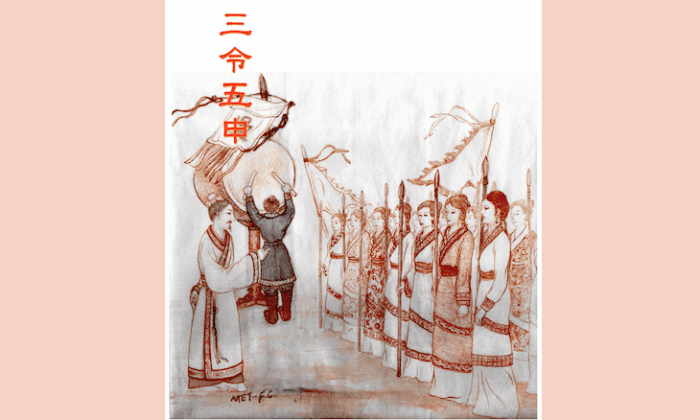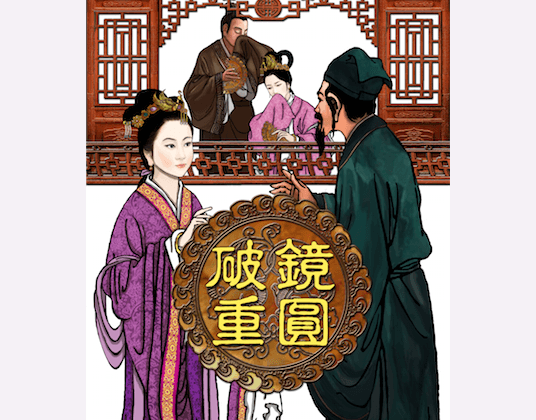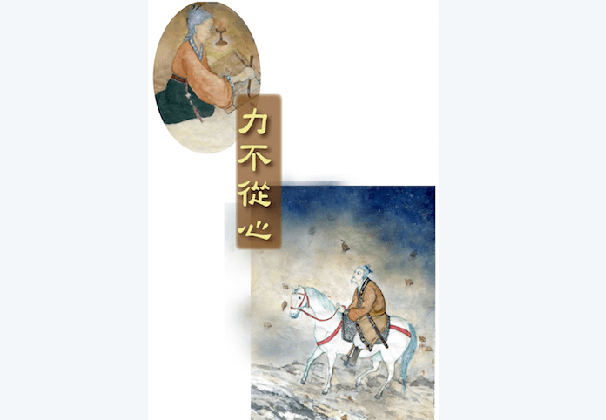The Chinese idiom三令五申 (sān lìng wǔ shēn) literally means to give three orders and five explanations. It is often translated as “repeated injunctions,” which is used to describe incessantly repeating orders or giving the same command over and over.
In the Spring and Autumn period (770–476 B.C.), the famous strategist Sun Zi, also known as Sun Tzu, went to see the king of the state of Wu with his seminal work “The Art of War.” He offered to help train the Wu army and turn the state into a more powerful kingdom.
The king asked Sun Zi to start with 108 ladies-in-waiting in the palace, in order to see if Sun’s strategy would work on the women first. The king called in the maids and ordered them to take instruction from Sun Zi.
Sun Zi organized the young ladies into two teams and appointed two of the king’s favorite concubines to be the team leaders. Everyone was given a weapon and ordered to stand in line.
He taught them how to recognize the code of the drums and explained to them, in great detail, how to march in the four directions. He also told them, time and again, that they were to obey orders at all times and explained why this was necessary.
When Sun Zi asked the women if they had learned how to march forward, backward, to the left and to the right, they said they understood clearly.
Sun Zi then started the training. He beat the drum with the signal that ordered them to march to the right. To his disappointment, the ladies did not do as he had ordered, but only laughed and joked.
Sun Zi did not blame them, but only said, “It’s the general’s fault if he hasn’t made himself clear.” He then repeated several times what the different drum beats meant, just as he had a moment before.
Then, he beat the drum and gave the order to march to the left. Instead of following the command, all of the ladies, including the team leaders, just giggled.
This time, Sun Zi said sternly, “When the order has been made clear, it’s the team leaders’ fault it is not obeyed!” He then ordered that the two team leaders be executed.
The king, who had been watching the training, was shocked and pleaded for mercy for his two concubines. Sun Zi told the king that sovereign commands could not be heard or obeyed when a general was ordering soldiers on the battlefield.
After the two concubines were executed, Sun Zi appointed two new team leaders and went on with the training. Everyone became quite serious and appropriately followed orders.
Trained by Sun Zi, the army of the state of Wu became stronger and stronger.
The idiom “three orders and five explanations,” or “repeated injunctions,” arose from this story that was based on the biographies of Sun Zi and Wu Qi in the “Records of the Grand Historian”2.
Note:
Sun Zi (孙子) lived from 544–496 B.C. Sun Zi had a significant impact on Chinese culture, both as a legendary historical figure and the author of “The Art of War,” which has been an influential book on military strategy.
The “Records of the Grand Historian” covers more than 2,000 years of Chinese history (from 2600 B.C. to 87 B.C.). It was written by Sima Qian, who was a great Chinese historian and is considered the father of Chinese historiography.




Friends Read Free